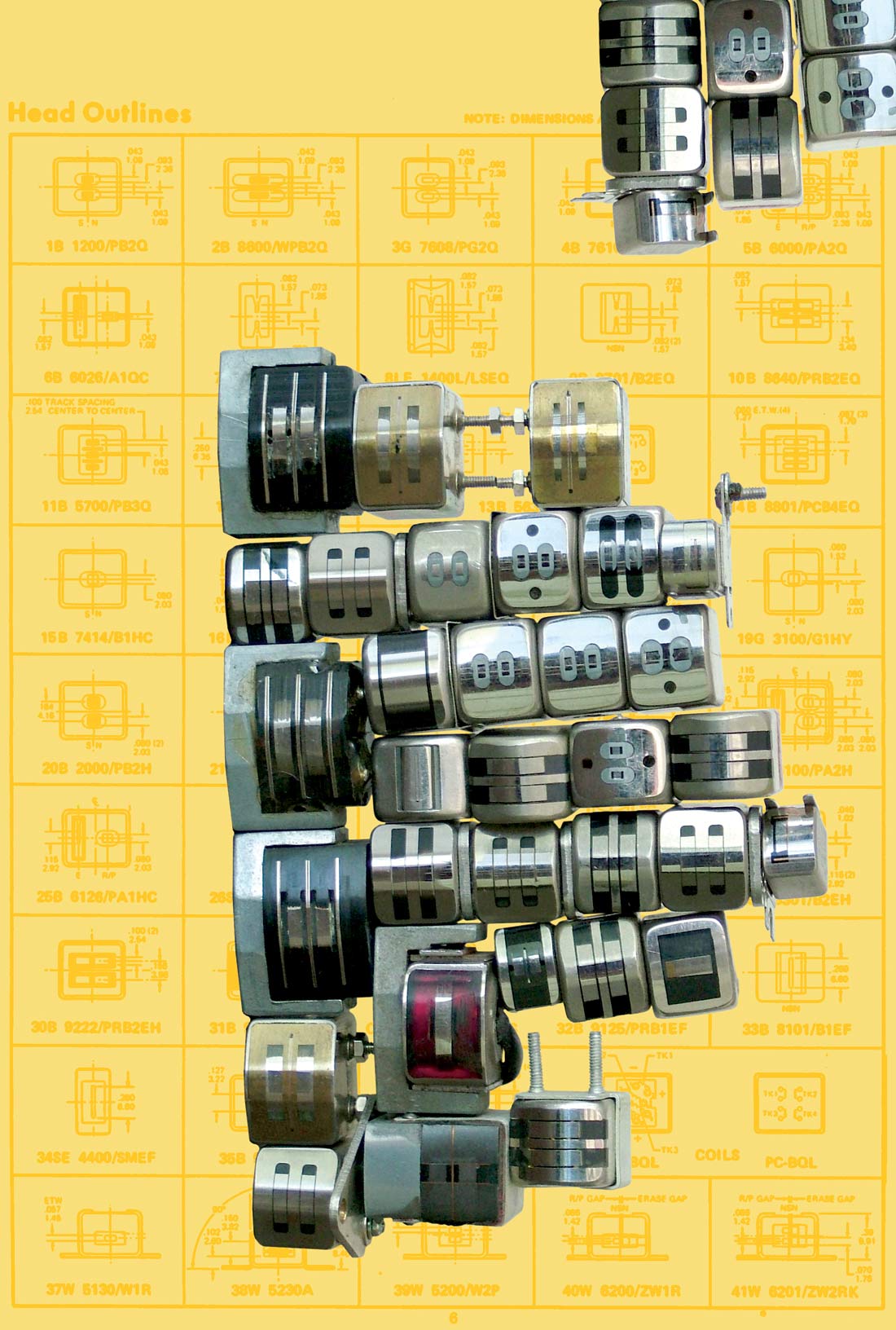I love the Arturia plug-ins and so does Dana Gumbiner. Between the two of us, we've reviewed every plug-in synth they've ever released. But as much as I think the plug-ins are amazing, I use them less often than I'd like because of their complexity and huge CPU hit. The graphics are amazingly beautiful. The way the patchcords shimmy and shake on the Moog Modular is seriously bitchen' in such a cool aesthetic way. But, when I already have 20-plus tracks going? Forget it. I have other instrument plug-ins that also sound great but are much more CPU-friendly, like GForce M-Tron. I always suspected that part of the CPU hit with Arturia was in the intensive graphics, so when I saw Analog Factory, which is essentially a feature and graphics-light version of the Arturia synths, I was really curious to check it out. Good things first. The user interface is super intuitive and easy to use. The GUI looks like a small keyboard synth with a few knobs and nice wood paneling on sides. A monochrome CRT which also has nice wood end-panels displays the banks of patches available from which you select sounds. The virtual CRT thing looks cool, like an early monochrome Mac grafted onto a Moog Little Phatty. Heavy Meta if you get my drift. Once you choose a synth and patch, a grayscale photo of the synth you're using shows up in the virtual monochrome CRT. The knobs on the keyboard control the most basic parameters with dedicated "knobs" for filter frequency and resonance, LFO amount and rate, ADSR sliders and chorus, and delay amount. Four more knobs labeled Key Parameters change with each patch, but essentially control the parameters most relevant and unique to that preset. What was really cool is that most of the parameters mapped to real knobs on my M-Audio USB controller keyboard without even having to do anything. The presets, like all of Arturia's soft synths, sound amazing. Analog Factory is like having the Minimoog, Moog Modular, ARP 2600, Yamaha CS-80, Prophet-5, and Prophet-VS all in one synth with one super-easy to use and classy looking interface. The downside is
that Analog Factory can be almost as much of a CPU hog as the rest of the Arturia synths. What's interesting to note is that the CPU usage changes dramatically depending on the synth and patch. Some are very CPU efficient while others will nearly stop my Dual 867 G4 in its tracks. This tells me two things: the graphics aren't the only things taking on my CPU, and the sound processing capabilities of the Arturia TAE sound-engine use a lot of CPU resources. Hmm, maybe that's why they sound so good... So while I'm a little disappointed that Analog Factory isn't nicer to my CPU, I guess I'll shut up and wish for a faster computer that could run these plug-ins more efficiently. In the meantime, I still really appreciate the simple and elegant interface and huge sound library that Analog Factory provides. Another great virtual instrument from Arturia. ($249 MSRP; www.arturia.com)
Tape Op is a bi-monthly magazine devoted to the art of record making.




_disp_horizontal_bw.jpg)